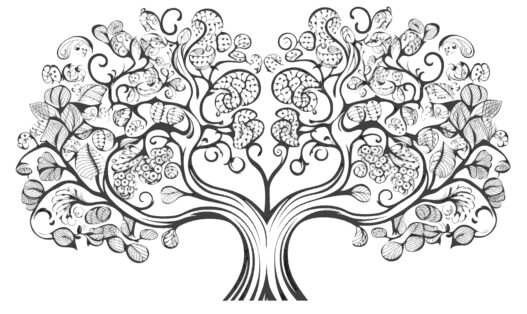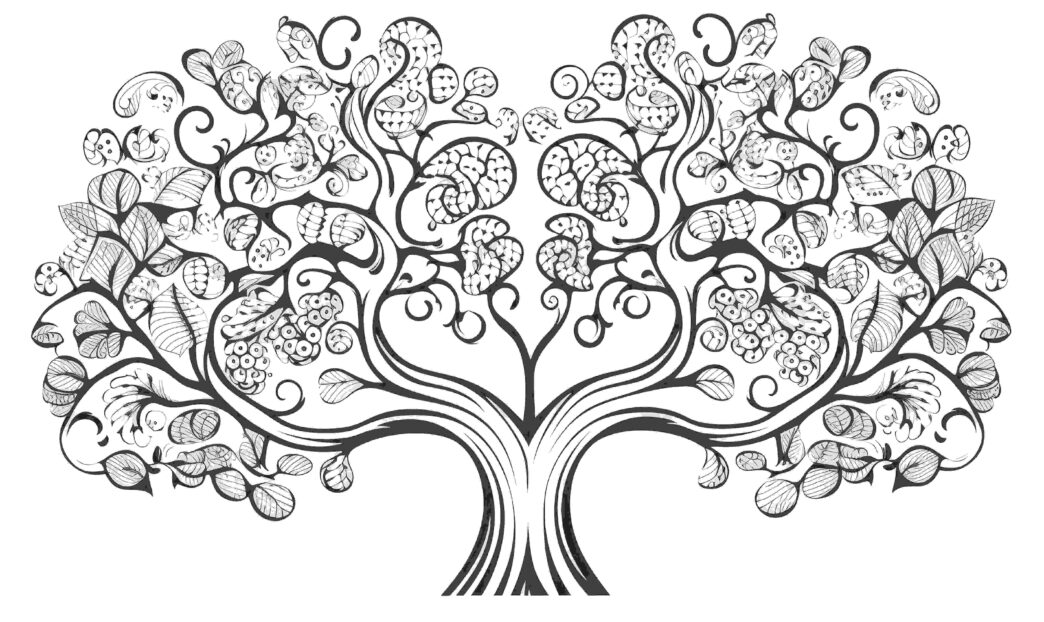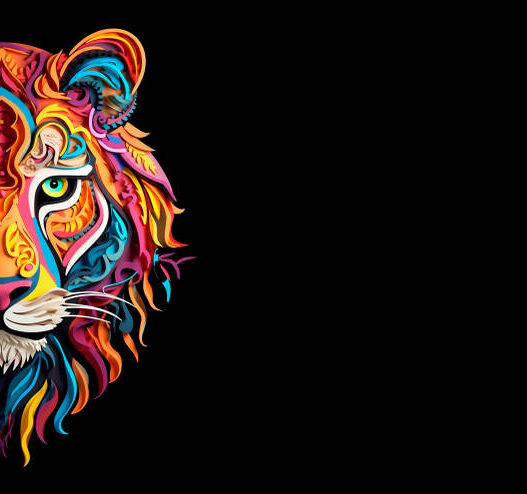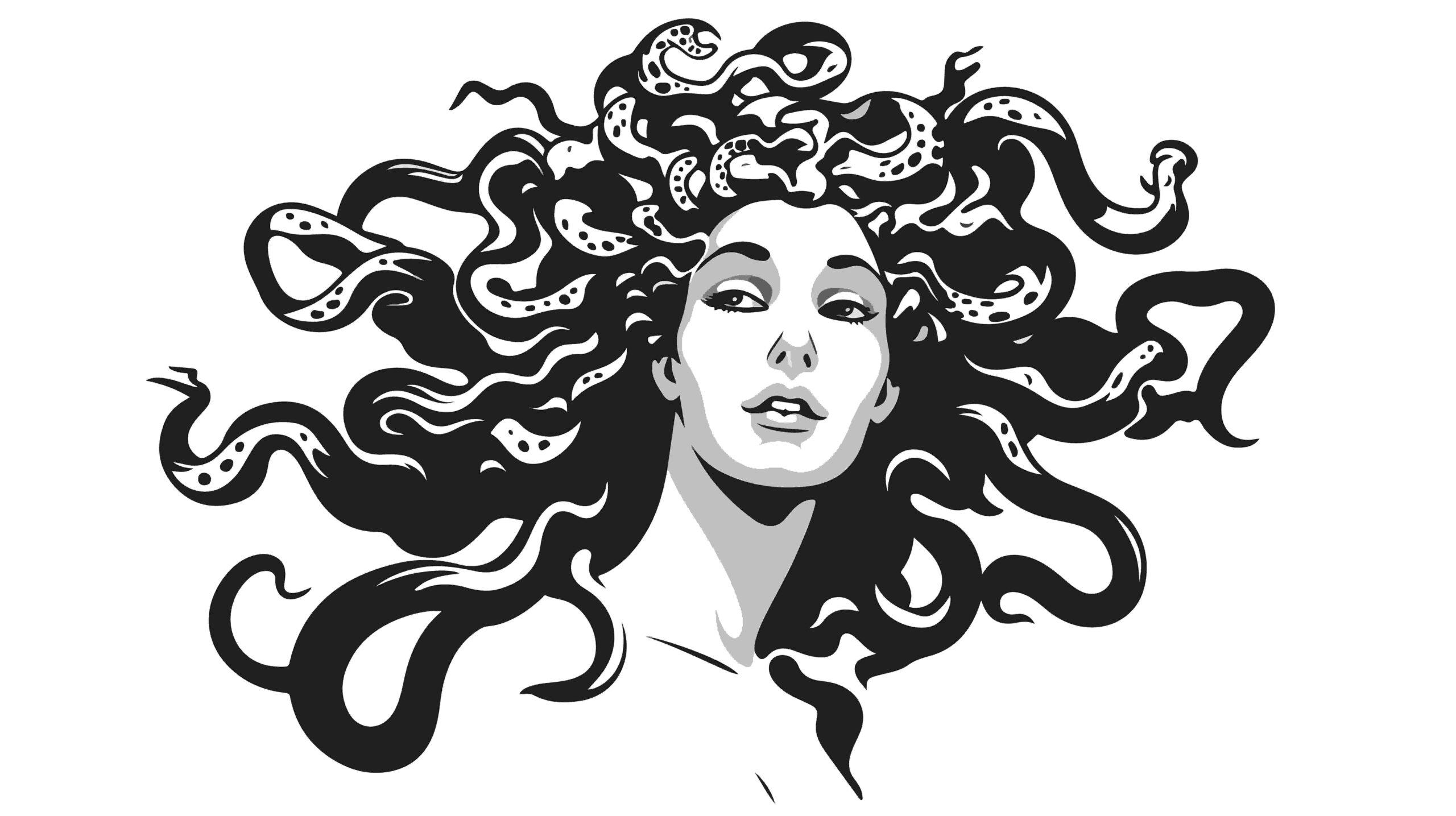Here is the Tree of Life Tattoo meaning, symbolism, design and interpretations. Celtic tree of life tattoos and other designs.
What comes to your mind when you think of the Tree of Life? When this question was asked to a little boy, he described the Tree of Life, which has lots of fruits and golden leaves. Close enough? Well, maybe. It depends on how you see it or what culture you come from.
Different cultures see the Tree of Life differently. Some see it as a symbol of growth, and some see it as a symbol of interconnectedness. While some cultures even see it as a symbol of paradise or heaven. The modern world has adopted the Tree of Life into paintings, art, and even tattoos, and as stated earlier, for different people, it holds different meanings.
Today, we will discuss more about the significance of the Tree of Life in different cultures and religions and how the modern world uses it to express their feelings in the form of ink.
Keep reading as you are about to get enlightened.
Tree of Life Symbolism & Meaning
When we think of the Tree of Life, a large tree with huge branches comes to mind. This large tree has been a cultural and religious symbol for thousands of years. Universally, the Tree of Life is accepted as a symbol of growth, renewal, strength, and interconnectedness.
The Tree of Life symbolizes continuous growth. If you see it, you can imagine how large it could be. It’s like never-ending growth and striving towards higher goals. Just as a tree sheds its leaves and new leaves come in their places, the Tree of Life represents renewal and regeneration. It also depicts change, which is the rule of nature.
Deep roots symbolize strength and stability, reminding us to stay grounded. In Hindu culture, roots are also compared with elders in the family. Generally, elders are believed to give stability to the family. Their wisdom brings strength and helps keep the family together.
In the Tree of Life, branches represent interconnectedness. Like the branches, we are all interconnected. This symbolism speaks of oneness and harmony among different groups and cultures.
The rich history of the Tree of Life spans across various cultures and religions, making it a powerful symbol with deep meanings.
Rich History of the Tree of Life
The history of the Tree of Life is deeper than its roots. Let’s explore some beliefs from different cultures.
Nordic Mythology
In Norse mythology (1), the Tree of Life is known as Yggdrasil. It’s a massive holy ash tree that connects the nine realms of existence. It represents the interconnectedness of all the gods, humans, and creatures.
Yggdrasil also symbolizes leaf shedding as a continuous process of life and death for all creatures. This Viking Tree of Life grows from the Well of Urd, which holds endless wisdom and is considered the universe’s source of wisdom.
The Celtic Belief
“Crann Bethadh” (2) means “Tree of Life” in Irish. It’s an ancient symbol used throughout Celtic history, symbolizing the connection between land and heaven. The branches of the Tree of Life reach the sky, while its roots delve deep into the ground, showing the balance and harmony of the two worlds.
Many Celts even see trees as reincarnations of their loved ones. Celtic people also relate the Tree of Life to strength and resilience through different seasons, reflecting the endurance of Celtic people and their culture.
Egyptian Mythology
In ancient Egypt, the persea tree (3) was considered a sacred symbol representing life, death, and rebirth. The tree was associated with the goddess Isis and was believed to provide nourishment to the deceased after death.
In Egyptian art, the tree is often represented with numerous branches, leaves, and fruits. The persea tree symbolizes growth and transformation, as well as the eternal cycles of life and the journey of the soul.
Hindu Mythology
In Hindu mythology, there is a Kalpavriksha (4) or wish-granting tree, which is often associated with the concept of the Tree of Life. Kalpavriksha is believed to fulfill wishes and grant boons to those who seek blessings from it. It symbolizes abundance and prosperity.
Even today, a tree revered by Hindus is the Banyan tree (5). The Banyan tree is considered immortal due to its ability to continuously grow and expand, symbolizing eternal life, resilience, and endurance.
It is believed that the Banyan tree is inhabited by various spiritual beings and deities, making it a sacred place where gods and goddesses reside. Hindus worship this tree by tying threads around it and praying for their wishes to be fulfilled.
You can commonly find Banyan trees near temples and shrines across India, just as the Peepal tree or sacred fig is associated with Goddess Lakshmi – the Goddess of wealth. It is called the tree of Gods and is believed to bring good luck.
Chinese Mythology
In Chinese mythology, the Peach Tree of Immortality is often seen as the Tree of Life. According to legends, this tree grows in the garden of the Queen Mother of the West, Xiwangmu. The peaches from this tree grant immortality to those who consume them, and the tree itself symbolizes longevity and vitality.
The Peach Tree of Immortality is often depicted in art and literature as a sacred tree with magical properties.
Christian Belief
Christian belief is quite well-known. The Tree of Life, according to Christian belief, holds the forbidden fruit in the Garden of Eden (6). The tree is at the center of the garden with the only rule being not to eat its fruit. According to the tale, Adam and Eve were instructed not to eat the fruit, but they disobeyed, leading to the creation of sin by the earth’s first man and woman.
This Tree of Life is often referred to as the Tree of Good and Evil, showing the balance and connection in Christian theology.
Modern interpretation of Tree of Life
The reason for sharing all these cultural beliefs is to give readers an idea of how the Tree of Life isn’t a singular concept and how diverse its depictions can be.
As you read above, different cultures see it differently, and even today, people attribute special meaning to it. But the common themes that emerge are unity, growth, and interconnectedness.
In modern times (7) , people use the Tree of Life in their homes as paintings, artworks, logos, and even tattoos to showcase their feelings toward it.
Family tree tattoos are popular, where branches, roots, or leaves are personalized with names, birthdays, and initials of family members. Since a tree is always growing and changing, the tattoo reflects this dynamic nature of a family.
Artists and those getting tattoos often incorporate cultural symbols or motifs from various traditions, such as Celtic knots, Eastern symbols, etc. This adds layers of meaning and heritage to the tattoo.
Nature and wildlife elements are also common in these tattoos, connecting humans with nature through elements like birds, animals, and landscapes, representing the harmony between humans and nature.
In the modern world, with art forms like tattoos, the Tree of Life continues to symbolize oneness and collective consciousness.
Tree of Life Design Elements
And, of course, this article is about the Tree of Life tattoo and we will discuss more about this tattoo. The process of making a tattoo is complex, as different people have unique ideas they want to incorporate into their tattoo. For many, a tattoo represents their favorites or something deeply meaningful to them.
Tree of Life tattoos often symbolize heritage, and people proudly wear such tattoos to showcase their lineage and origins. The representation of a Tree of Life tattoo can vary widely. Online, you won’t find one common representation; each tattoo is unique yet beautifully represents a culture.
Let’s break down the elements of a Tree of Life tattoo:
- Roots: Roots are often depicted extending deep into the skin or wrapping around other elements. They symbolize grounding, connection to one’s heritage, and express deep emotions towards something.
- Trunk: The trunk is the central structure, representing stability and strength. It may be depicted as sturdy and textured, showcasing the tree’s age and endurance.
- Branches: Branches are drawn outward, reaching for the sky, symbolizing expansion, aspiration, and freedom. They are intricately detailed with smaller branches and leaves.
- Leaves: Leaves can vary in shape, size, density, and texture, representing different cycles of life. They are stylized with various depths and shading to give life to the tattoo.
- Special Fruit or Flowers: Some Tree of Life tattoos incorporate special fruits or flowers to signify attraction or exclusivity. These are often drawn at the center to symbolize that life revolves around that specific thing or fruit.
Each element in a Tree of Life tattoo contributes to its overall meaning and beauty, making it a deeply personal and symbolic choice for many tattoo enthusiasts.
Tree of Life Variation in Style
Creating unique and eye-catching Tree of Life tattoos often involves using different styles (8) and variations. The goal is to make the tattoos stand out and look realistic, as a Tree of Life tattoo is a once-in-a-lifetime piece that should be attractive and authentic.
To achieve a realistic look, tattoo artists use various shades, depths, and textures. These tattoos often feature lifelike details of leaves, roots, bark, branches, and more.
For smaller tattoos, the focus is on neatness. They are created with clean lines and negative spaces, emphasizing the tree’s form and symbolism with minimal embellishments.
Some Tree of Life tattoos incorporate sacred geometric shapes or mandala like designs, blending symmetry with nature.
Color schemes for Tree of Life tattoos vary widely. Traditional tattoos often use natural colors such as shades of brown for the trunk, green for the leaves, and earth tones for the roots, representing organic and earthly qualities.
To create visual impact, some tattoos opt for warm colors like red, yellow, and orange to depict vitality and energy. Meanwhile, monochromatic and grayscale tattoos offer a classic and timeless look. They focus on contrasts, highlights, and shading to enhance the depth and dimension of the tattoo.
It’s important to note that complex tattoos like the Tree of Life require time and multiple sessions to complete. They cannot be finished in a single sitting due to their intricate details and the need for precision. For some individuals, the design may evolve over time, so there isn’t necessarily a definitive final product for such tattoos.
Placement of the Tree of Life tattoo
The placement of a tattoo can convey a lot about a person’s personality and the meaning they wish to represent, especially for tattoos like the Tree of Life where the placement can enhance its symbolism.
- Back: The back is often a preferred choice for intricate tattoos like the Tree of Life. It signifies responsibility, the ability to carry weight, and growth. Placing the Tree of Life on the back can symbolize the journey of life and the strength needed to navigate challenges.
- Chest: A Tree of Life tattoo on the chest indicates a connection to the heart, nurturing qualities, and resilience. It can represent a deep-rooted sense of self and the ability to overcome obstacles with love and determination.
- Forearm: Placing the Tree of Life tattoo on the forearm, which is often more visible, symbolizes growth, the journey of self-discovery, and determination. It’s a statement of personal growth and the continuous quest for knowledge and experience.
Ultimately, the choice of placement for a Tree of Life tattoo is deeply personal and can vary based on individual preferences and the message one wants to convey through the tattoo.
Conclusion
The Tree of Life tattoo holds deep significance for individuals seeking to embrace growth, resilience, and connection in their lives. Whether it symbolizes cultural heritage, personal aspirations, or the bonds of family, this timeless emblem serves as a powerful reminder of the interconnectedness of all living beings and the infinite possibilities that lie within each of us.
Before getting your next tattoo, think about what you have read here. This article may give you an option worth considering. Perhaps the Tree of Life could offer you something special.
Sources
https://www.sportskeeda.com/lifestyle/what-significance-tree-life-tattoo-6-trending-art-explored-1
https://study.com/academy/lesson/yggdrasil-the-tree-of-life-norse-mythology-symbol.html.
https://www.theirishroadtrip.com/celtic-tree-of-life-symbol/
https://www.landofpyramids.org/tree-of-life.htm
https://en.wikipedia.org/wiki/Kalpavriksha
https://www.earthday.org/the-sacred-connection-between-trees-and-hinduism/











